
Operations : Italian Army NH90 in Afghanistan
Italian Army NH90
One Year and 1000 Flight Hours in Afghanistan

Italy's Aviazione dell'Esercito has been operating the NH90 Tactical Transport Helicopter in Afghanistan for over a year now. Report by Federico Grattoni
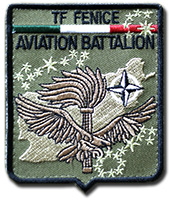
On 20 August 2012, the first flight of the NH90 in the skies of Afghanistan took place at Forward Support Base (FSB) Herat. It had arrived two days prior by C-17 Globemaster III from Bologna, starting the Italian Army's first combat deployment of its NH90 Tactical Transport Helicopter (TTH), designated UH-90A in Italian service. By September, the other four had also arrived at FSB Herat. The five NH90 TTHs (E.I. 214, 215, 217, 219, 220) were assigned to Task Unit Nemo, part of Task Force Fenice (Phoenix) of the Italian Army Aviation (AVES - Aviazione dell'Esercito). Task Force Fenice provides tactical transport and evacuation support in the area of responsibility of ISAF Regional Command West. Italy is the lead nation of RC-West, which commands four Provincial Reconstruction Teams (PRT). In addition to PRT Herat led by Italy, RC-West includes the PRTs at Chaghcharan, Farah, and Qala-e Naw.
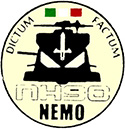
The NH90 took over from the previously deployed AB205 MEP (six Agusta-Bell 205 'Huey' helicopters upgraded with Mission Equipment Package that had replaced the Italian Army's initial deployment of the AB412). The NH90s are operated alongside the heavier CH-47C Chinook transport and the A129 CBT Mangusta attack helicopters of the AVES deployment.
The NH90 has now spent over a year in Afghanistan and clocked up more than 1,000 flying hours. Enough time to take a look at how this helicopter is doing in Afghanistan. We do this based on our visit to Task Force Fenice in late June 2013, when we were able to meet and have a talk with staff and observe the daily activities, often in difficult environmental conditions, to ensure the efficient operation of the "Black Bumblebee" as the NH90 TTH or UH-90A is called here.

The Task Unit Nemo was established about two years ago for the operational deployment of the NH90 TTH and consists of about fifty personnel, from flight crews to technicians, coming from the 25° Gruppo Squadroni "Cigno" of 7° Reggimento "Vega", the 26° Reparto Elicotteri Operazioni Speciali ( REOS - Helicopter Special Operations Unit), and from the Task Group NH90 that had formed for the new type's entry into operational service with the AVES.
The flight is housed and maintained in a large expeditionary hangar on FSB Herat. Here all the checks are carried out, including the 15-hour process of visual technical checks for the Safety Inspection at every 50, 150, and 300 flying hours.
The deployed helicopters are all Initial Operational Capability Plus (IOC+) standard configuration, as the Final Operational Capability (FOC)
was not available yet. The Italian Army has only just received the NH90 in FOC configuration; the first FOC NH90 was handed over in May 2013.
Compared to FOC, the IOC+ standard does not include the Italian SICRAL secure satellite radio system yet and also lacks Link16, the
NATO-standard secure datalink for communications and images between platforms.
However, the IOC+ standard introduced several improvements and new settings for the navigations system's digital cartography software.
Overlays can be superimposed on the digital map with corridors, points, routes, polygons, dangers, bases for known areas. Also color-coded 3D
mapping image can be displayed to indicate the flying altitude relative to the terrain.
Two of the deployed NH90s have also been equipped with the Rover 4 system to receive images directly from the AMX aircraft and UAV Predators.
The NH90 had been tested in hot and dusty conditions in Logrono, Spain, but the real test has been Afghanistan. The high temperature and the average height (hot-and-high) have not resulted in any reduced engine performance. Take-offs at 45° to 1000 meters are no problem, but landing in very dusty conditions with little to zero visibility in the most delicate phase of landing a helicopter is still very dangerous. An indispensable aid is provided by the HMSD Helmet Mounted Sight and Display. In addition to providing night vision and FLIR infra-red displays, flight data is projected onto the display ensuring greater safety for maneuvers, including position, altimeter and variometer data.
There is always dust and sand during take-off and landing in the field, but it can also affect the helicopter when flying at low altitude.
Due to the strong winds here some serious sand clouds can form. This is a cause for concern: the dust then infiltrates everywhere and even
the smallest particles can cause harmful build-up, erosion, abnormal wear, and component fatigue.
But even after 300 flight hours no serious problems had been discovered. There had been no accumulation of dust in the filters of the
ventilation systems that cool the electronics, only the weapon systems needed attention and more frequent maintenance. The anti-dust
system to protect the engines has proven to be effective. The engines are still running efficiently, but power tests carried out every
25 hours show a decrease in output at some power levels. But it won't be known until the engines are put through a general revision if
this is due to any problem caused by dust ingestion, such as premature wear of the components, compressor erosion, accumulation in the
combustion chamber, turbine blade glazing due to vitrification phenomena.
The armament consists of two 7.62mm M134D six-barreled, electrically driven Gatling Guns, one on each sidedoor. The gunner's seat and weapon mount are on a platform that can be rotated inwards to clear the doorway. Each has a battery pack for autonomous operation of the "Minigun" when not powered by the electrical system, and a magazine for up to 4,400 rounds, which is generally loaded half full.
For protection, it has the full EWS (Electronic Warfare Suite) of integrated active and passive electronic support measures, including the
chaff/flare dispenser units on each side. Also the entire cabin floor is covered by armor, and additional armor on the cockpit seats.
The crew consists of five at minimum: the pilot (right) and the commander of the aircraft (left), two M134 gunners, and one flight engineer
responsible for loading and offloading. The helicopter carries a water container, backpacks with survival equipment and an AR 70/90 assault
rifle for each individual, and M249 Minimi machine gun for the the flight engineer for the protection of loading and unloading operations
when the rear ramp is used.
The arrival of the NH90 led to a significant increase in terms of range, flight safety, rapid response, and load capacity for the Forward Medevac mission. Forward Medevac is needed when the evacuation is too risky or out of range of the Standard Medevac of each base, or when a Standard Medevac will not be able to recover, stabilize, and transport the patient or casualty to a ROLE 2 medical facility within the so-called Golden Hour, the period of time during which medical treatment will have the highest probability of ensuring survival.
For the Forward Medevac mission, the NH90 carries a medical team of three and one PTS (Patient Transport and Support) system. The PTS is essentially a stretcher with the life support equipment integrated into one compact mobile unit to transport and stabilize the patient. For transporting passengers or troops, the NH90 has seven folding seats in the cabin.
Field missions are always carried out paired with another NH90, or with other helicopters mostly the CH-47C Chinook or A129CBT Mangusta,
and in addition to Medevac also include transporting people and cargo to and from forward operating bases (FOB), insertion and extraction
of special forces, and providing precision fire support for special operations with a sniper team on board.
The ROVER equipped NH90s are also used for airborne command and control of ground units with army staff, or for airborne forward air control
with a Joint Terminal Attack Controller (JTAC) onboard.
Having overcome the initial technical difficulties, inadequate supply of spare parts and the occurrence of cracks in the windshield,
the operational availability of the NH90 is now very high, as evidenced by the Task Unit's flight reaching 1,000 flying hours in
Afghanistan within a year.
The NH90 represents a big generational leap in the world of tactical transport helicopters. For the Italy's Army Aviation the NH90 is
even two generations apart from its other tactical transport helicopters. Beyond the proud official statements on the NH90 having
exceeded the performance expectations by some 15 percent, the crews and technicians are also very satisfied with the new type.
Pilots and specialists finally have a modern platform with the performance and other improvements needed for the difficult and
challenging environment. In particular the stability of the platform, modern navigation system, and the helmet display and night
vision of the NH90 allow them to conduct the Task Force's missions with a high level of safety, while being able to respond quicker
and with increased operational capability .
Video of the NH90 Photo Flight
Video of the NH90 photo flight from FSB Herat, with footage taken on board the photographer's helicopter from a fixed camera on the door as well as handheld camera.Length4:48 min
A sincere thank you to the staff of the TF Fenice, in particular to the crews of TU Nemo, for their professional cooperation and kindness.
Report and photos by Federico Grattoni ( view portfolio )
Last Modified: 13 November 2013
13 Nov 2013 : Added video
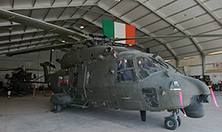
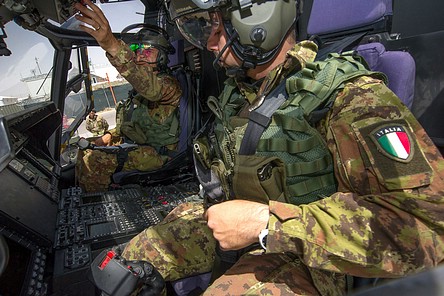
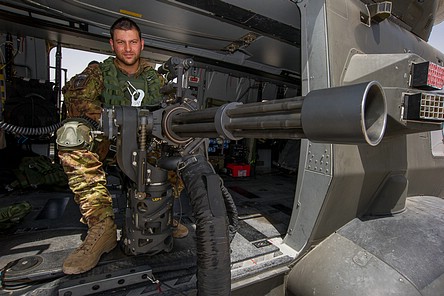
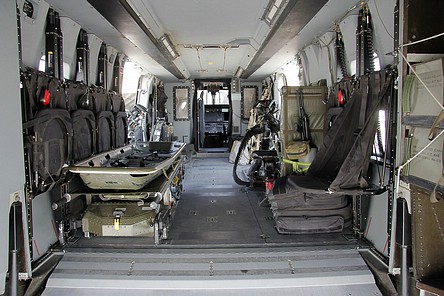

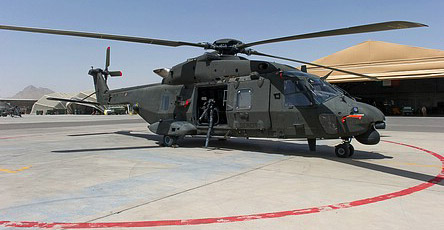



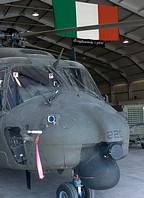
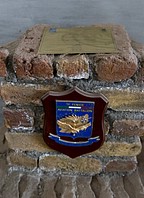


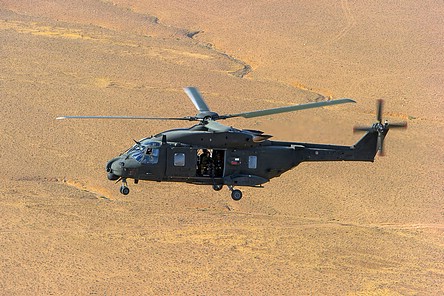
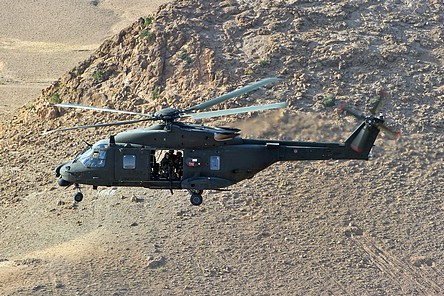
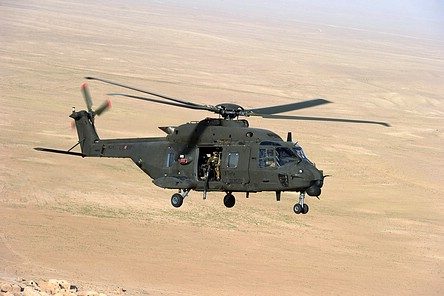

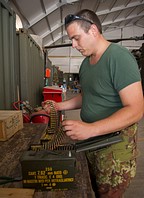
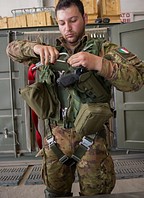

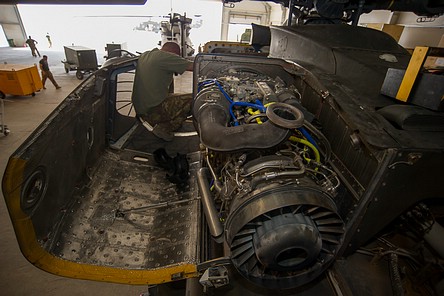









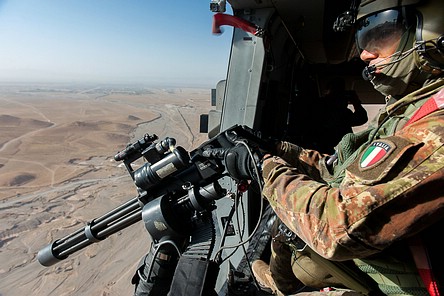
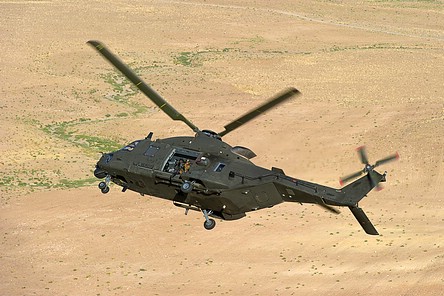






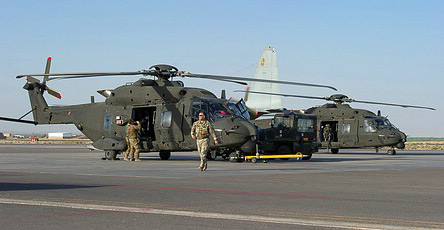
 Back to Index
Back to Index